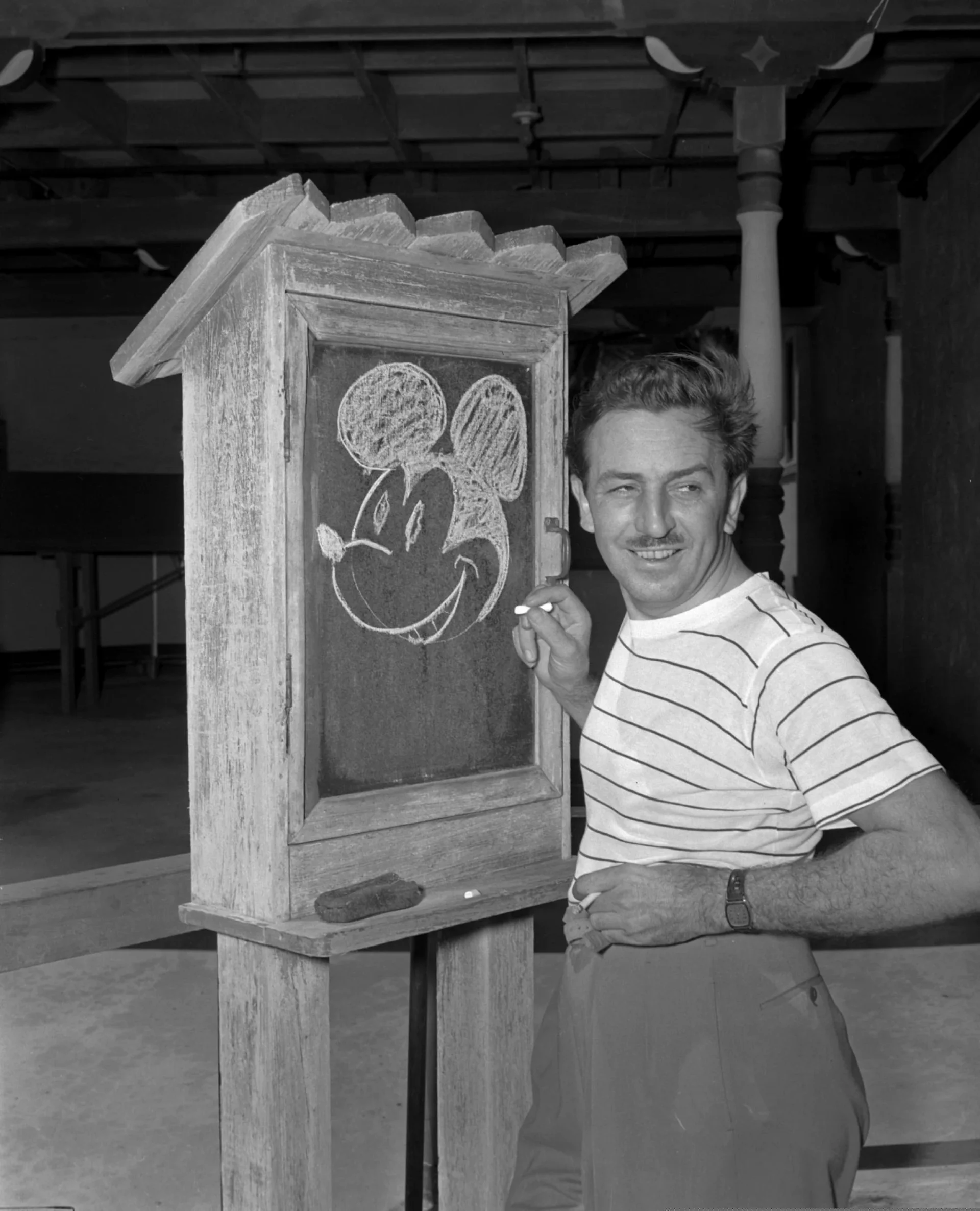As we approach the year 2024, a significant moment in the realm of copyright and intellectual property law is set to unfold. Mickey Mouse, the iconic and beloved character who first appeared in the 1928 animation “Steamboat Willie,” will enter the public domain on January 1, nearly a century after his big-screen debut. This transition marks a monumental shift, opening up new possibilities for creative reinterpretations and potential legal battles with The Walt Disney Company.
“Steamboat Willie,” the black-and-white short animation, has been a cornerstone of American pop culture, introducing audiences worldwide to the mischievous rodent, Mickey Mouse. Under U.S. law, the copyright on this seminal work expires after 95 years, making 2024 the year when Mickey Mouse, as originally depicted in this and another 1928 animation, “Plane Crazy,” becomes available for public use.
This moment is highly anticipated by filmmakers, fans, intellectual property lawyers, and Disney executives. It symbolizes a significant change in how Mickey Mouse can be used and adapted. For example, artists could reimagine “Steamboat Willie” to reflect contemporary themes, such as climate change or feminist narratives, without the constraints of copyright infringement.
However, Disney has made it clear that while the early versions of Mickey Mouse are entering the public domain, later iterations, such as the 1940 version from “Fantasia,” remain under copyright protection. This distinction is crucial for creators who wish to use the character without legal repercussions. The Mickey Mouse in “Steamboat Willie” differs significantly from the character familiar to modern audiences, being a thinner, more roguish figure.
Legal experts predict potential skirmishes as artists and creators explore the boundaries of what is permissible with the public domain version of Mickey Mouse. High-budget fan art or adaptations using elements from later Mickey cartoons could face cease-and-desist letters from Disney, especially if they incorporate copyrighted features like Mickey’s red shorts and white gloves.
While the copyright on “Steamboat Willie” expires, the trademark on Mickey Mouse does not. Copyright laws protect the creative work itself, such as films and characters, for a set period. In contrast, trademarks protect the source of a product, preventing confusion among consumers about its origin, and can be renewed indefinitely. Disney’s efforts to safeguard against unauthorized uses of Mickey Mouse and other iconic characters are rooted in trademark law.
Disney has been strategic in reinforcing its trademark rights, even incorporating a clip from “Steamboat Willie” in the opening sequence of every Walt Disney Animation Studios film. This move solidifies the association of that specific image with the Disney brand, potentially leading to legal action against unauthorized commercial use of the classic image of Mickey at the helm of a boat.
Experts have differing views on the extent of the freedom granted by the public domain. Some argue that trademark rights should not override what is allowed by the expiration of copyright. However, both sides agree that the nuances of the law will likely be tested in court.
As Mickey Mouse enters the public domain, creators and entrepreneurs are advised to proceed with caution and legal counsel. This transition may lead to novel and shocking adaptations, similar to recent reinterpretations of other public domain characters. Nonetheless, the underlying principle remains that copyright law should enable artists to use characters like Mickey Mouse for creating enduring works, akin to how Shakespeare’s plays have been adapted into modern classics.
Looking ahead to 2024 and beyond, the entry of Mickey Mouse into the public domain is not just a momentary event but a pivotal chapter in the ongoing dialogue about copyright, creativity, and cultural heritage. It presents an opportunity to reflect on the enduring impact of such characters and how they continue to inspire and evolve in the public imagination.
READ MORE:
